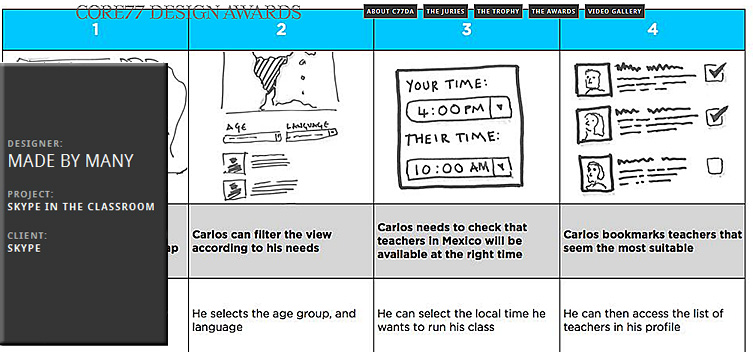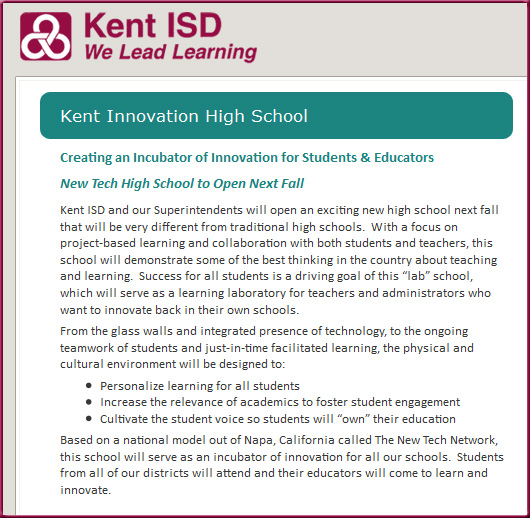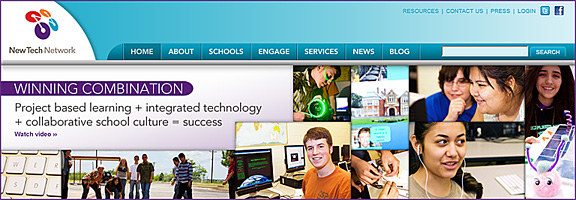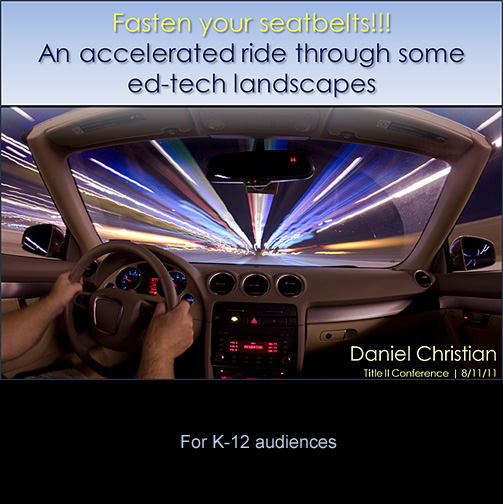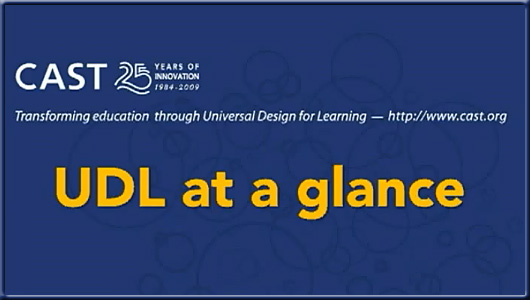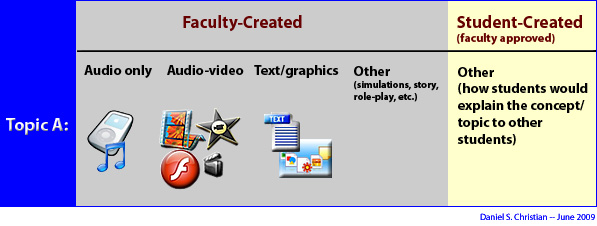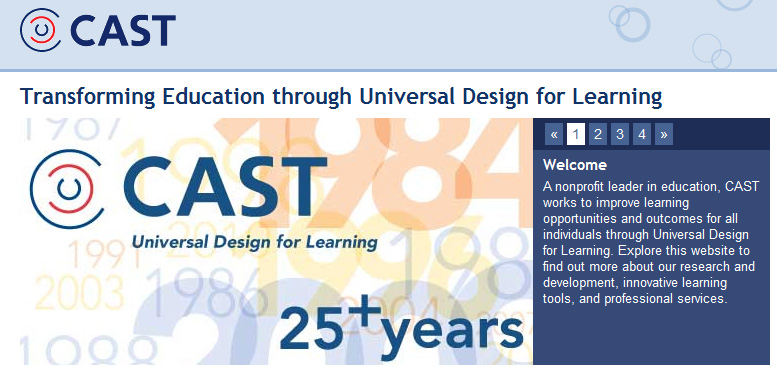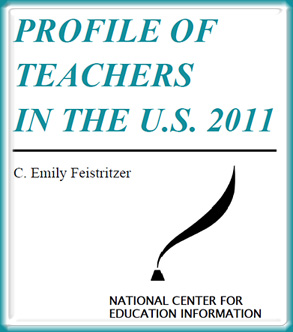From DSC:
I haven’t had the chance to research this much, but I wanted to post several items re: the Common Core Standards. The jury is still out with me as to what I think about them. My initial concerns center around the ideas/curriculums and course offerings/assessment tools involved with the word “standards” — with implementing things that result in clear, consistent expectations.
I have become increasingly hesitant towards words like “standards” and “expectations” — at least as these words are currently being used in this context. I’m not saying that the Common Core Standards will try to further pound round pegs into square holes — though that type of thing captures my hesitation here — as not everyone has the same gifts, abilities, and passions. Much of the current K-12 systems focus so much on STEM-related items — at the expense of so much more that’s out there in the world today.
With that said, I like the idea of getting students prepared — as much as possible — for helping them hit the ground running later on in life when they will need to either go to college and/or get a job. I can see where if a student moves from one district/state to another, how it can be very helpful to have a shared foundation from which to develop the student’s current educational needs and plans.
Some items on this:
- Common Core State Standards: A note to parents — from Core 4 All by Alan Matan
By the way, I appreciate Alan’s statement in his posting that asserts:
“The 21st century skills embedded in the Common Core will pave the way for students to think, reflect, analyze, influence, evaluate, and communicate.” - Implementing Common Core Standards — from Advancing the Teaching Profession by Susan Graham
- CEP reports on progress of Common Core — from Educational Publishing
Implementation of the Common Core Standards is proceeding with little resistance, but challenges remain in funding and guidance, according to a new study from the Center on Education Policy (CEP). CEP undertook the study to determine how far along each of the adopting states was in implementing the Common Core Standards and what their perceptions are of the standards. - CoreStandards.org
From DSC:
What do you think? What are the pros and cons of implementing the Common Core Standards? From the teacher’s viewpoint? From the student’s viewpoint? From the administrator’s viewpoint? From the parent’s viewpoint?
I look forward to learning more about them and to hearing others’ perspectives on them.










